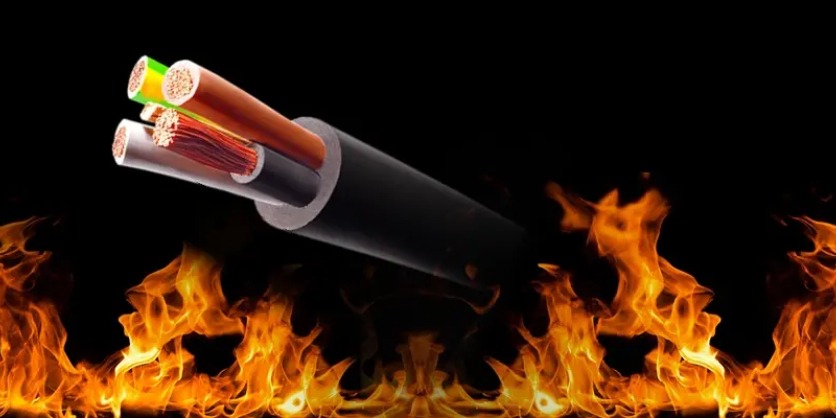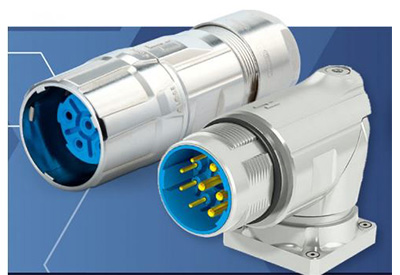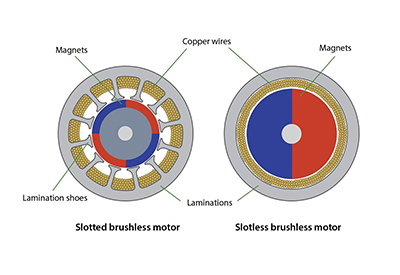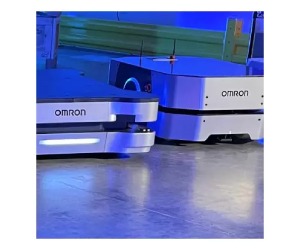Flame Retardancy in Halogen-Free Cables
August 15, 2024

Halogen-free cables are a required staple in a vast number of industrial and infrastructural applications. Over time, different labels for these cables have been established, such as FRNC, HFFR, LS0H, or LSZH. But how meaningful are these abbreviations, and what are the benefits of halogen-free cables compared to products containing halogens? Let HELUKABEL explain.
Halogens (which means “to form salt”) include the chemical elements chlorine (Cl), bromine (Br), fluorine (F), and iodine (I). When manufacturing cables, these are used to make certain conductor insulation and jacketing materials flame retardant. This is where chlorine (which is a component of PVC plastic or chloroprene rubber) and fluorine (which is found in the high-temperature materials FEP, PTFE, and ETFE) come into play. Even bromine is used in flame retardants for cables and wires.
The problem is that halogens burn extremely aggressively and emit noxious fumes when ignited. They produce halogen halides that turn into acids when they come into contact with moisture and can cause acid burns in the respiratory tract. Furthermore, the acids that are released can cause metal parts to corrode, damaging machines and even the rebar reinforcements of concrete in buildings. This can result in the need for time-consuming and costly decontamination efforts.
Cable and wire flame retardancy is an important criterion for fire prevention measures. There are also a number of applications that explicitly require halogen-free products, which means cables and wires consisting of materials that are free of chlorine, bromine, fluorine, and iodine. Should these cables be ignited, they produce much less acid and smoke, and are less toxic, which substantially reduces the consequential damage to people, buildings, and machines. However, poisonous gases such as carbon monoxide are still emitted when halogen-free cables are ignited.
Halogen-free cables and wires are required in buildings where people gather and where valuable material assets must be protected, for example. These include:
- Building technology: In public buildings such as offices, shopping centres, schools, hospitals, and airports, strong fire and health risk prevention ordinances are in place. Most of the cables and wires in these places are fixed in their installation and do not need to fulfill any special chemical or mechanical requirements. PE or PP-based plastic mixtures are often used here, which are halogen free and flame retardant, and produce little smoke or toxic gas. They must also often pass bundle burning tests.
- Industrial automation: Machines and plants often require cables and wires with high chemical and mechanical resistances. When used in flexible applications such as in drag chains or in robotics, these loads are especially high. Typically, jacket mixtures based on TPE-O or TPE-U (PUR or Santoprene) are used here. These are also available with halogen-free constructions but are not able to be manufactured to be as flame retardant or low smoke as cables for building technology.
Typical Labels for Halogen-Free Cables
Over the years, different manufacturers, markets, regions, and standards have developed different labels for halogen-free and flame-retardant cables:
- FRNC Flame Retardant Non Corrosive
- HFFR Halogen Free Flame Retardant
- LS0H Low Smoke 0 Halogen (also: LSOH)
- LSZH Low Smoke Zero Halogen
None of these labels, however, deliver concrete information regarding flame retardancy, corrosiveness, toxicity, and light attenuation. Users must therefore pay close attention to the standards listed in the data sheets of each supplier. The information listed there is the only way to identify the flammability properties of a cable (horizontal, vertical, or bundle burning tests).
Which Standards are Typical for Halogen-Free Cables?
- DIN EN 60754-1 VDE 0482-754-1:2021-02 defines the testing machines and the testing procedures required to identify the total acidity. The test result must show values lower than 5mg/g to be certified as halogen free.
- DIN EN 60754-2 VDE 0482-754-2:2021-02 defines the measurement of the pH value and conductivity. The test result for the pH value must be below 4.3 and for conductivity, it must be under 10µS/mm.
- DIN EN 61034-2 VDE 0482-1034-2:2021-02 defines the measurement of smoke gas density of burning cables. The test result must show a light attenuation of no more than 40% to be considered low smoke. Depending on the application, customer, and region, lower light attenuation can be required. The goal is for people to be able to still recognize the source of the fire, as well as possible escape routes. These standards are required in public buildings and trains due to the high density of people present.
Take Away
In many applications where safety is critical, halogen-free cables and wires offer substantial advantages, as less toxic gas and smoke is emitted in the case of a fire. At the same time, these products must exhibit high flame retardancy in order to comply with different standards and requirements. It is not enough to rely on the common labels of FRNC, HFFR, LS0H, or LSZH to determine the actual flame retardancy of a cable.
The standards named in data sheets are the only information you should rely on. It is through these standards that users can determine whether the product is considered to have low, middle, or high flame retardancy, if they are constructed to be low smoke, or if they have been tested for light attenuation. As experts for electrical connection technology with more than 45 years of experience, HELUKABEL is happy to help you identify the most ideal cables and wires for your application.
Related Story
How to Select the Correct Data Cable for Your Industrial Application
All cables and wires that contribute to communication in any way are commonly referred to as data cables. However, there are significant differences such as the multitude of structures including copper and fiber optics, for example. Copper data cables come in many different types: low-frequency, coaxial, telephone, and bus cables, diverse Ethernet systems, or microwave cables for special applications that require gigahertz transmission rates. Selecting the wrong cable can quickly lead to costly disruptions and errors.



